Corrosion of Silver-Plated Copper Conductors - NEPP
Corrosion of Silver-Plated Copper Conductors - NEPP
Corrosion of Silver-Plated Copper Conductors - NEPP
You also want an ePaper? Increase the reach of your titles
YUMPU automatically turns print PDFs into web optimized ePapers that Google loves.
322<br />
Table 4. Auger surface analysis <strong>of</strong> strands processed by different manufacturers (atomic %, per<br />
element)<br />
It was thought that the high-temperature processing operations applied to the<br />
various types <strong>of</strong> insulation materials might cause them to partially decompose,<br />
releasing monomers and carbon-oxyfluoride compounds as they were being applied to<br />
stranded wires and braid. The average surface halide analyses are given in Table 5.<br />
Only the kapton tape shows a significant difference, less fluoride being absorbed on<br />
the silver surfaces than from the other insulants. The kapton has a very thin FEP film<br />
which is sintered at a lower temperature than the melt extruded FEP insulations, and<br />
this may account for the lower fluorine levels.<br />
Table 5. Halide concentrations (Auger analysis, atomic %) on silver conductors having various<br />
insulation materials<br />
It was considered that the wire stranding and cable braiding operations might effect<br />
a change in contamination level. Superimposed on this would be the adsorption <strong>of</strong><br />
halogens to the silver strand surfaces from the insulation applied. Table 6 compares<br />
the average surface contamination levels found on unprocessed strand material with<br />
those <strong>of</strong> processed braid and wire.<br />
Table 6. Comparison <strong>of</strong> Auger surface analyses (atomic %) on new strands and strands processed into<br />
wire and cable<br />
It may be deduced from these various sets <strong>of</strong> results that the different manufacturing<br />
operations for processing individual silver-plated strands into finished wires or cables<br />
do modify the chemical structure <strong>of</strong> the strand surfaces. There is a marked increase in<br />
fluorine content, presumably absorbed during the high-temperature application <strong>of</strong><br />
fluorocarbon insulation material to the strands.<br />
ESA Journal 1984, Vol. 8





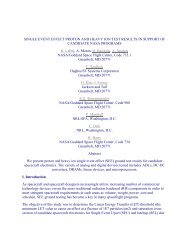
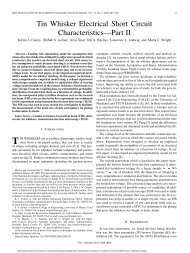
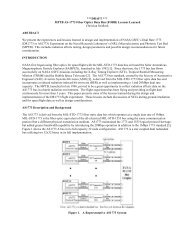

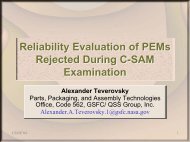
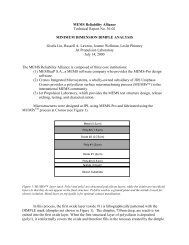
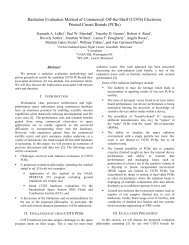
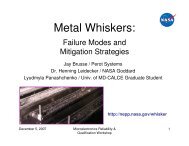

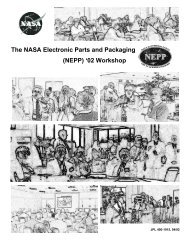

![mil-std-2223 [test methods for insulated electric wire] - NEPP](https://img.yumpu.com/4036001/1/190x249/mil-std-2223-test-methods-for-insulated-electric-wire-nepp.jpg?quality=85)